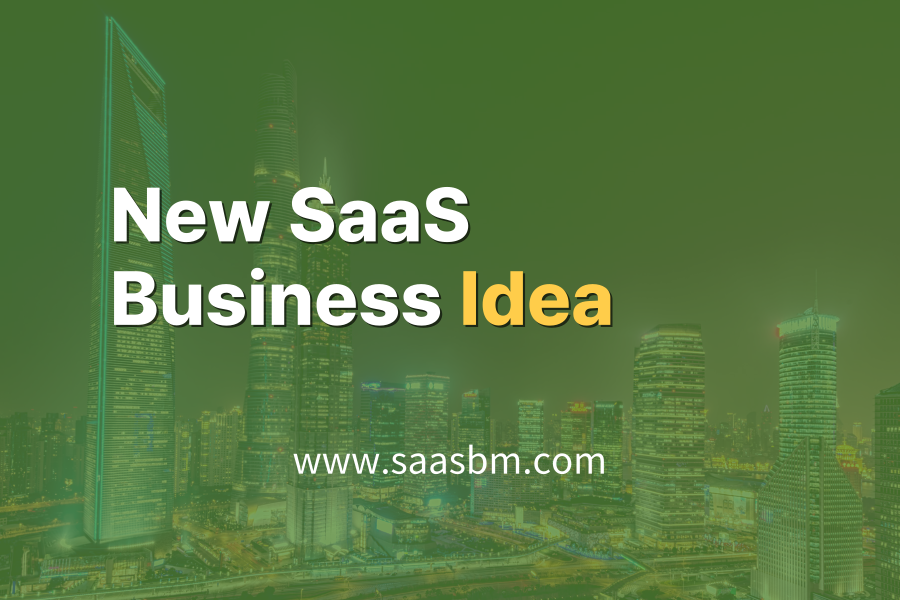Here are two new business ideas inspired by a benchmarked SaaS model.
We hope these ideas help you build a more compelling and competitive SaaS business model.
- Benchmark Report: Revolutionize Your Communication with Franz: The Ultimate Unified Messaging Platform
- Homepage: https://meetfranz.com
- Analysis Summary: Franz is an all-in-one messaging platform that centralizes various communication services into a single application, boosting productivity and streamlining workflow for individuals and teams.
-
New Service Idea: WorkflowAI / CultureBridge
Derived from benchmarking insights and reimagined as two distinct SaaS opportunities.

[swpm_protected for=”3,4″ custom_msg=’This report is available to Growth and Harvest members. Log in to read.‘]
![]()
1st idea : WorkflowAI
Intelligent communication workflow automation platform that turns messages into actionable workflows
Overview
WorkflowAI builds upon the unified messaging concept by adding an intelligent layer that automatically identifies action items, creates tasks, assigns responsibilities, and tracks completion—all from within regular communication channels. This platform transforms passive messaging into an active productivity tool by using natural language processing to detect commitments, questions, and decisions from everyday conversations across multiple platforms. WorkflowAI integrates with existing project management tools, creating a seamless bridge between communication and execution. The system learns communication patterns over time, becoming increasingly accurate at identifying which messages require follow-up and which team members should be responsible for specific actions. By eliminating the manual transfer of information between messaging and task management systems, WorkflowAI addresses the critical gap between communication and execution that plagues modern teams.
![]()
Who is the target customer?
▶ Project managers needing to track commitments made across multiple communication channels
▶ Customer support teams handling high volumes of requests that need systematic follow-up
▶ Executive assistants and operations managers responsible for ensuring team deliverables
![]()
What is the core value proposition?
![]()
How does the business model work?
• Professional Plan ($15/user/month): Includes unlimited integrations, advanced workflow automations, API access, and custom tagging capabilities. Targeted at growing teams that need robust workflow management.
• Enterprise Plan ($25/user/month): Offers everything in Professional plus dedicated account management, advanced analytics dashboard, custom AI training, SAML SSO, and compliance features. Designed for large organizations with complex workflow needs and security requirements.
![]()
What makes this idea different?
![]()
How can the business be implemented?
- Develop the core AI engine for natural language processing of messages and commitment detection, starting with English and expanding to other languages
- Build integration modules for major messaging platforms (Slack, Teams, Discord, email) and project management tools (Asana, Trello, Monday.com, Jira)
- Create the user interface for workflow management, notification settings, and priority assignment
- Establish a machine learning feedback loop where users can confirm or reject AI-identified action items to improve detection accuracy
- Implement analytics dashboards for teams to visualize communication patterns, commitment fulfillment rates, and bottlenecks
![]()
What are the potential challenges?
• Integration Security and Privacy Concerns: Access to communication channels raises data security questions. Solution: Implement end-to-end encryption, obtain SOC 2 compliance, and provide granular permission controls for what content can be processed.
• User Adoption and Change Management: Teams may resist adopting yet another tool in their tech stack. Solution: Design with minimal friction in mind, provide robust onboarding materials, and demonstrate quick wins through metrics on time saved and increased follow-through rates.

2nd idea : CultureBridge
Real-time multilingual communication platform with cultural context for global teams
![]()
Overview
CultureBridge revolutionizes how global teams communicate by extending the unified messaging concept to break down language and cultural barriers. The platform provides real-time translation across all messaging channels while preserving cultural context and nuance—something traditional translation tools miss. CultureBridge doesn’t just translate words; it provides cultural insights, detects potential misunderstandings before they occur, and suggests alternative phrasings that will resonate better with the recipient’s cultural background. By integrating with existing messaging platforms like those unified by Franz, CultureBridge creates a seamless experience where team members can each communicate in their native language while understanding not just the literal meaning but the cultural intent behind others’ messages. This platform transforms global communication from a challenge into a competitive advantage.
![]()
Who is the target customer?
▶ Technology companies working with international contractors and remote talent
▶ Global customer support teams interacting with clients from different cultural backgrounds
▶ International business development professionals managing cross-border partnerships
![]()
What is the core value proposition?
![]()
How does the business model work?
• Cultural Intelligence Add-ons: Premium features like cultural training modules, business etiquette guides, and region-specific communication practices available as add-on packages starting at $10/user/month for specific regions (Asia Pacific, Middle East, Latin America, etc.).
• Enterprise Solutions: Custom pricing for organizations with over 100 users, including dedicated cultural consultants, custom terminology databases, and integration with corporate communication policies.
![]()
What makes this idea different?
![]()
How can the business be implemented?
- Develop core translation engine with cultural context awareness, starting with major business languages (English, Mandarin, Spanish, German, Japanese)
- Build integration modules for existing messaging platforms to enable seamless translation within normal workflow
- Create cultural intelligence database with input from linguistic anthropologists and cross-cultural business experts
- Develop machine learning models that identify communication patterns and potential misunderstandings based on cultural differences
- Design intuitive user interface with cultural context tooltips, alternative phrasing suggestions, and educational components
![]()
What are the potential challenges?
• User Experience Complexity: Balancing comprehensive cultural information with a clean, non-distracting interface will be challenging. Solution: Create layered information architecture with essential cultural insights immediately visible and deeper context available on demand.
• Cultural Appropriateness Debates: Different perspectives on what constitutes appropriate communication across cultures could create controversy. Solution: Maintain transparency about cultural guidance sources, provide multiple perspective options, and allow organizational customization of cultural guidelines to align with company values.
[/swpm_protected]

No comment yet, add your voice below!